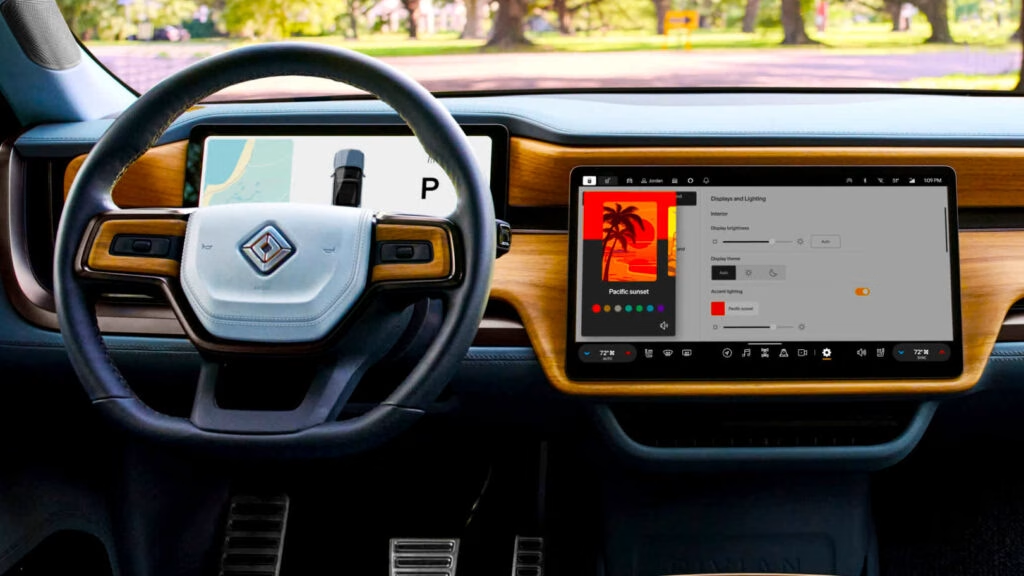Driver assistance systems are designed to make our driving experience safer and more convenient. However, these high-tech features come with an unexpected downside: rising insurance premiums. It might seem odd that tools meant to prevent accidents could lead to higher costs, but the reality is that when these systems malfunction or get damaged, the repair bills can be hefty.
### Why Are Insurance Rates Climbing?
In the U.S., the average car insurance premium is projected to hit $2,101, a significant increase that reflects broader trends in the automotive industry. While driver assistance technologies like automatic emergency braking have been shown to reduce accident claims—by as much as 25% in the UK—this doesn’t tell the whole story. Over the same period, the costs associated with these claims have skyrocketed by 60%.
The reason? The sophisticated sensors and cameras that make these systems work are expensive to replace. Not only do they require specialized parts, but they also need precise calibration after any repair. A misalignment of just one degree can throw off a sensor’s accuracy by over 66 inches at a distance of 100 yards. This level of precision means that repairs can’t just be done anywhere; they require specialized facilities equipped with costly calibration tools, sometimes totaling up to $1 million.
### The Cost of Repairs and Calibration
Hami Ebrahimi, the chief commercial officer at Caliber Collision, highlighted a troubling trend: “It’s almost becoming too expensive to fix the car.” This sentiment reflects a growing concern among vehicle owners and insurance companies alike. The high cost of repairs is compounded by the fact that many drivers opt to disable these systems because they find them intrusive or annoying. This creates a situation where insurance companies are covering repairs for features that drivers aren’t even using.
### The Bigger Picture: Rising Ownership Costs
The rising costs of insurance are just one piece of a larger puzzle. According to a study from AAA, the average annual cost to own and operate a new vehicle has climbed to $12,297, which breaks down to about $1,024.71 per month. This figure represents a $115 increase compared to the previous year, illustrating how the combination of insurance costs, maintenance, and the price of vehicles themselves is squeezing consumers.
### What Can You Do?
So, what does this mean for you as a driver? Awareness is key. Understanding that advanced safety features can lead to higher insurance premiums might prompt you to shop around for better rates or consider how much you value these features in your next vehicle purchase.
If you’re already driving a car with these systems, it might be worth checking in with your insurance provider to see how these features are affecting your premium. Some insurers may offer discounts for vehicles equipped with advanced safety technologies, while others may not.
### Final Thoughts
The big takeaway? Driver assistance systems aren’t just about enhancing safety—they’re also reshaping the financial landscape of car ownership. As technology continues to evolve, so too will the costs associated with it. Staying informed and proactive can help you navigate these changes and make smarter decisions about your vehicle and insurance. Start with one change this week, whether it’s reviewing your policy or exploring vehicle options, and you’ll likely spot the difference by month’s end.

